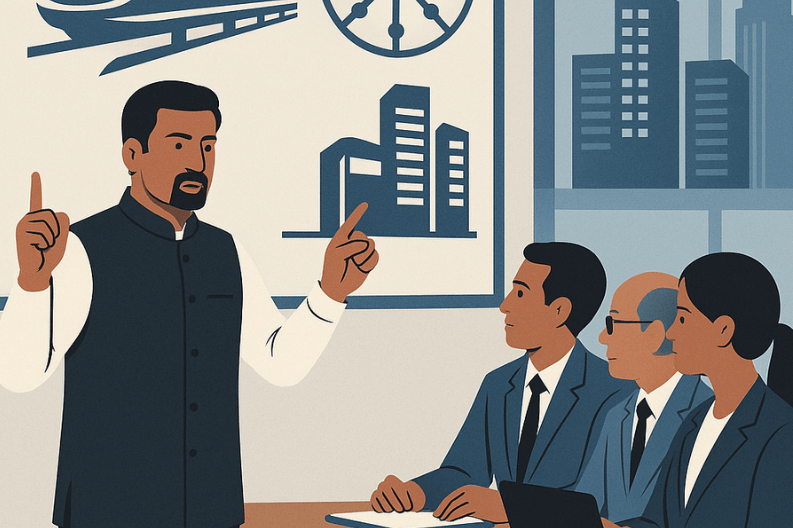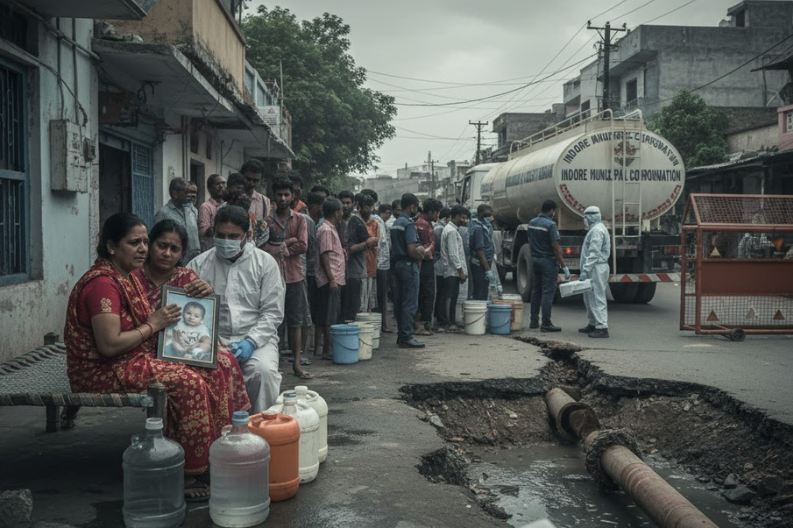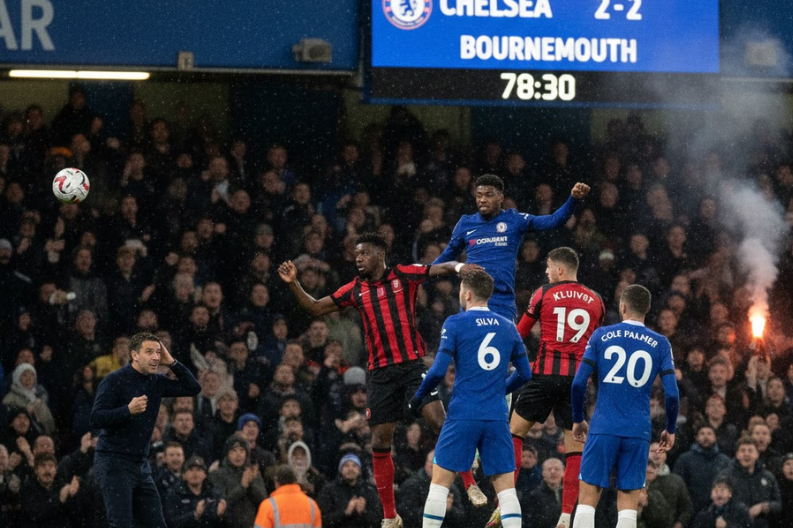On Thursday, a key meeting on transport and urban growth took place where the Union Minister urges faster planning for Metro line in Gurugram. The discussion mainly focused on metro projects and the Regional Rapid Transit System (RRTS). Senior officials from Niti Aayog, the Ministry of Statistics, HMRTC, NCRTC, DMRC, GMDA, MCG, and NHAI joined the talks, showing how important these projects are for the city and the entire NCR.
The minister stressed the urgent need to speed up Gurugram’s metro expansion. He clearly said, “Metro projects must be planned and executed at the earliest.” His focus was on extending the metro line along the Dwarka expressway to Kherki Daula, where it can connect with the RRTS and the Pachgaon metro project. This plan, he explained, would improve connectivity with the Airport metro line and strengthen future transport links.
He also expressed strong concern about the slow pace of the Old Gurugram Metro line. The project saw its foundation stone laid in February by the Prime Minister, but the actual work has barely started. Costs have nearly doubled since the project was first planned in 2016, mostly due to years of delay. The minister reminded departments to avoid repeating the same mistakes.
During the meeting, officials announced that the Ministry of Urban Development and DMRC will carry out a ridership study for the proposed Dwarka expressway metro line. This study will estimate passenger numbers to help design services that match demand. In addition, the detailed project report (DPR) for a metro link from the Airport line to Iffco Chowk is now in progress. A senior official explained that a strong DPR ensures smooth execution and avoids costly errors.
The minister also asked local agencies to remove barriers slowing road upgrades from Hero Honda Chowk to Umang Bhardwaj Chowk. NHAI is converting this stretch into a six-lane highway that will support metro construction. GMDA officials reported that only one property, currently under a court stay order, remains to be cleared. The case’s next hearing is on September 23, and officials are confident it will be resolved soon. They also confirmed that the relocation of power utilities and substations has already started.
Another important subject was the RRTS project under the Nammo Bharat Corridor. It will link Sarai Kale Khan in Delhi to Shahjahanpur, Neemrana, and Behror through Gurugram. The minister suggested extending this corridor to Bawal in Rewari district, which is a major industrial hub. Such an extension would help workers and boost industrial growth in the region.
Although Gurugram is part of the National Capital Region, its metro development has faced major setbacks. The Gurugram Metro extension project began in 2016, yet decisions on the route and design took years. With nearly nine years of delays, the state government has struggled to finalize key aspects. Current plans now split the project into two phases, both aiming for completion by 2029.
Improving metro and RRTS links is vital for Gurugram, as the city is expanding quickly and traffic congestion is growing worse. These projects will not only help Gurugram but also strengthen links to Punjab, Chandigarh, and other NCR cities. Better transport options can save travel time, reduce pollution, and create easier access to jobs and businesses.
As the meeting ended, officials promised to resolve bottlenecks and push projects forward. With better coordination and timely action, Gurugram could soon benefit from a reliable metro network. The urgency is clear, and the reminder that the Union Minister urges faster planning for Metro line will continue to drive momentum for change.



